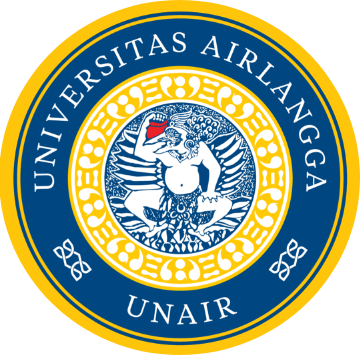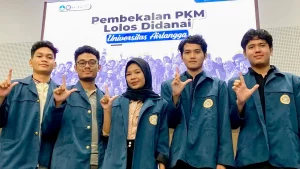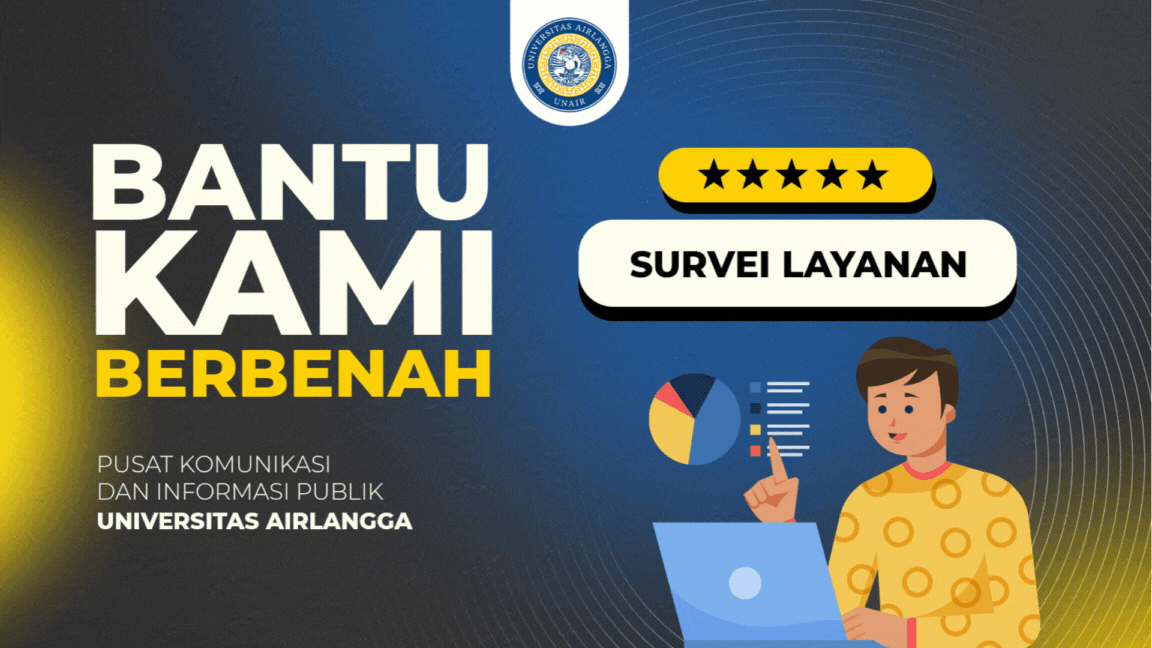Mangosteen (Garcinia mangostana L) is one of Indonesia’s native fruit trees that grows easily throughout Southeast Asia in countries such as Malaysia, Thailand and Myanmar. Phytochemical research shows that mangosteen peel contains active ingredients such as xanthones, flavonoids, saponins, and tannins. Xanthones are reported to produce pharmacological effects, including antibacterial, antifungal, and anti-inflammatory properties. The use of natural ingredients is widely known in the medical world and is accepted in almost all countries throughout the world. The World Health Organization also recommends the use of traditional medicines in public health care, especially for the prevention and treatment of chronic diseases, degenerative diseases, and cases of cancer. Several studies have shown that the use of herbal medicines is considered to be less toxic than modern drugs / chemical synthesis because the side effects are relatively limited.
Xanthones from mangosteen peel have been proven non-toxic to experimental animals when they are given orally at a dose of 100 mg / kg body weight / day for 7 days. On the other hand, researchers also found that alpha-mangostin is not toxic for gums for 480 minutes. Tannins are also contained in many plant species, often found in skin, stems, leaves, and fruit, and play an important role in the protection and regulation of cell growth. Tannin is a derivative of the polyphenol compound contained in mangosteen peel extract, which is about 11.8%. The chemical activity of tannins includes several elements, namely apoptosis, antitumor, antibacterial, and antiplasmin. Banso proved that tannin antimicrobial activity in relation to certain microbes is in the range of minimum inhibitory concentration around 4-5.5 mg / ml, while the concentration of the ability to kill bacteria is 4.5-6 mg / ml. However, at high concentrations, tannins can cause irritation to mucous membranes.
The active compound extract of mangosteen peel is potential and it supports the medical sector especially in the field of dentistry. In the oral cavity, there are various kinds of microorganisms that are balanced in composition known as the normal bacterial flora. The use of synthetic chemical antibacterial agents can cause irritation in the soft tissues of the oral cavity so it is necessary to think of alternative medicine that are friendly to oral tissues. Every material used in dentistry meets several requirements including biocompatibility. Toxicity tests are carried out during the initial phases of biocompatibility of materials and are part of the evaluation of dental materials; it is one of the procedures required for standard screening. Toxicity tests are used to study the effects of toxic chemicals or pollutants on certain organisms. Because both xanthones and tannins are active ingredients and have antimicrobial potential, it is necessary to do further studies.
.
Author: Dr Dian Agustin Wahjuningrum, drg.,SpKG(K)
Details of the study available at:
Fikarini H. Puteri, Jennifer Widjaja, Febriastuti Cahyani, Latief Mooduto, Dian Agustin Wahjuningrum. The Comparative Toxicity of Xanthones and Tannins in Mangosteen (Garcinia mangostana Linn.) Pericarp Extract against BHK-21 Fibroblast Cell Culture. J of Contemporary Clinical Dentistry.Year : 2019 | Volume: 10 | Issue Number: 2 | Page: 319-323
DOI: 10.4103/ccd.ccd_579_18










